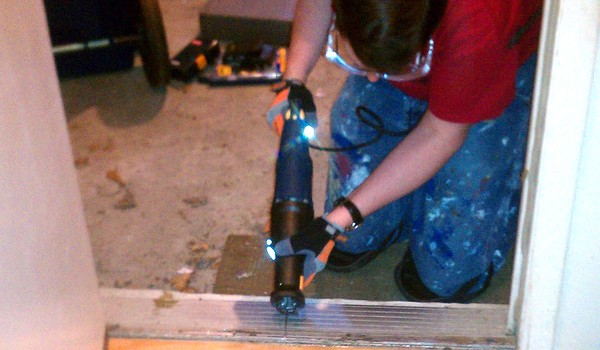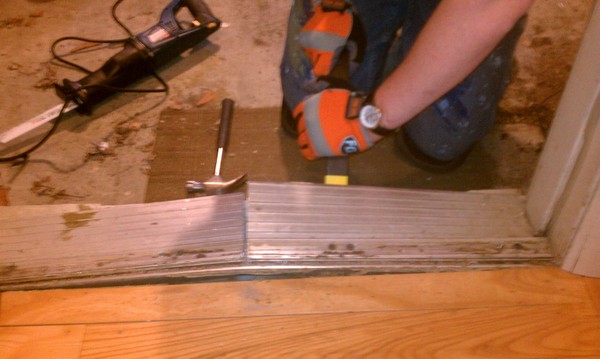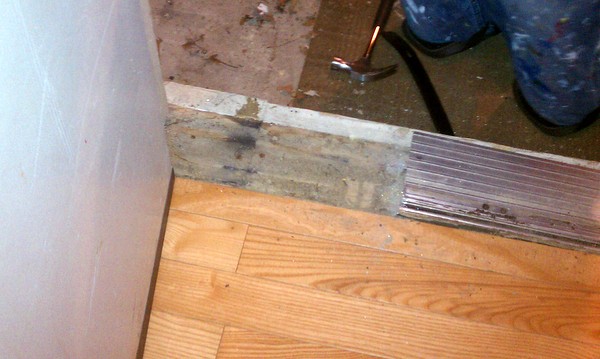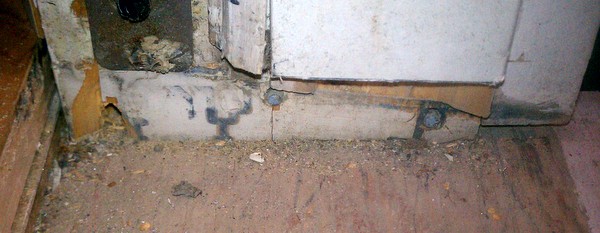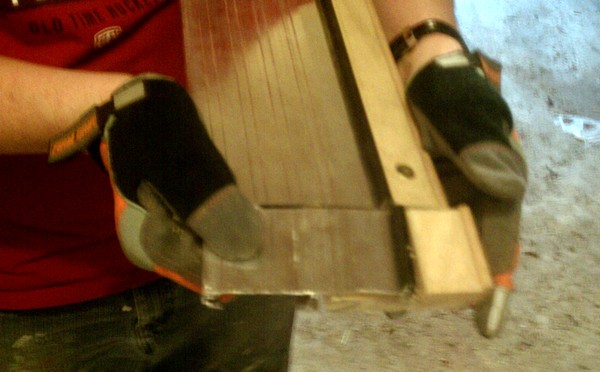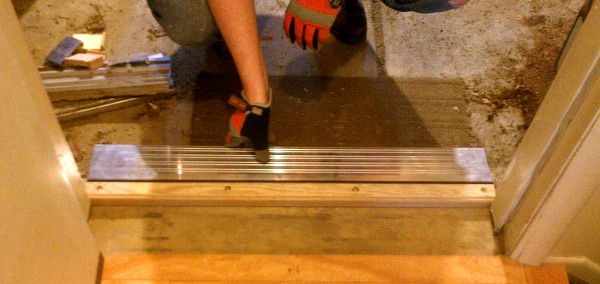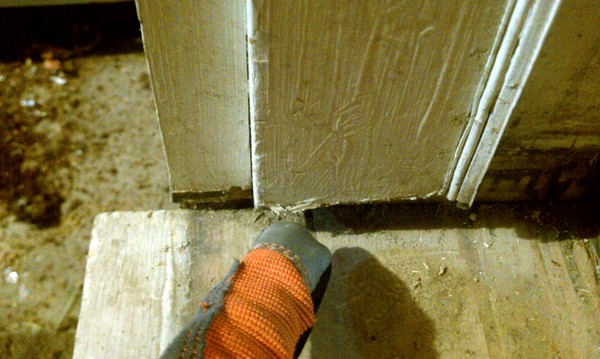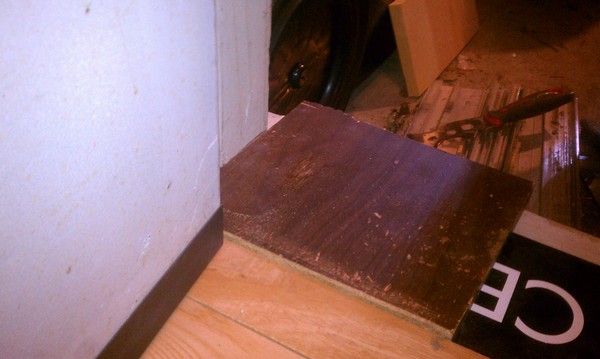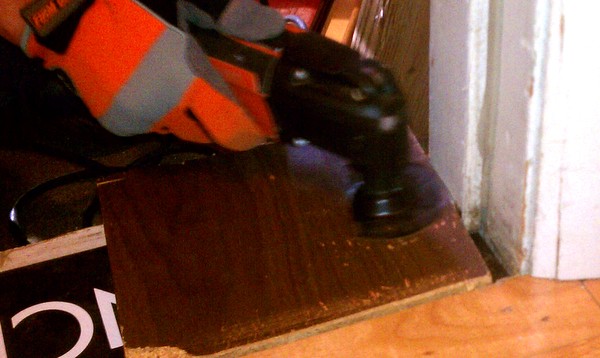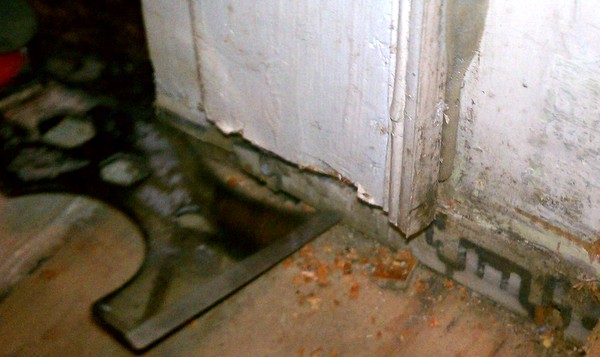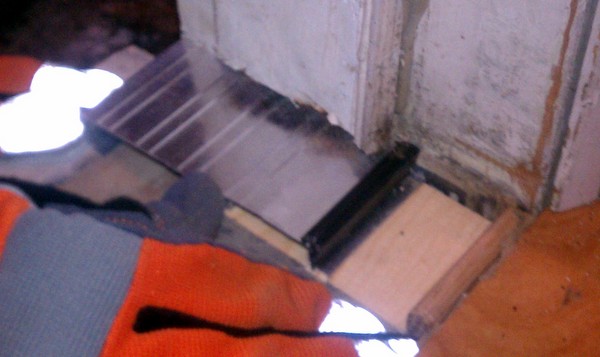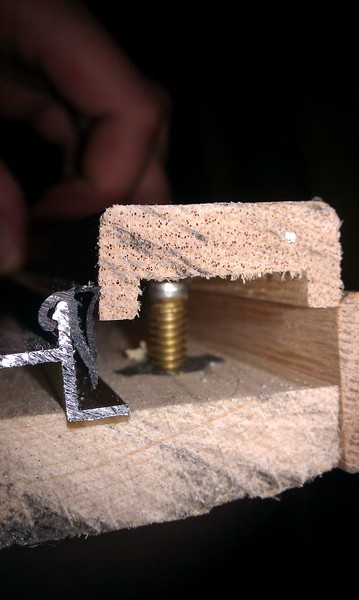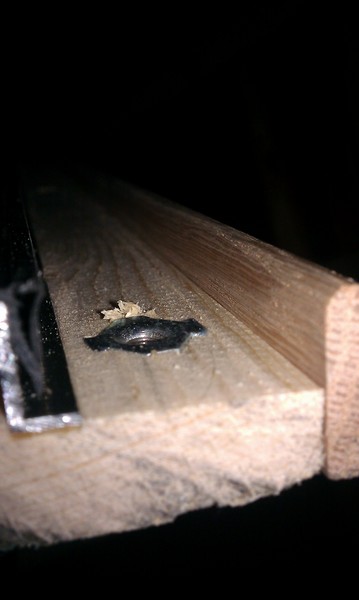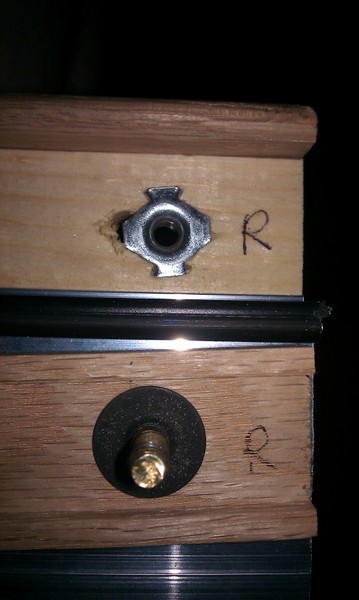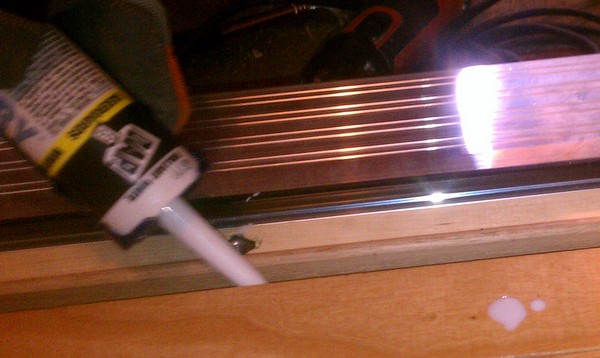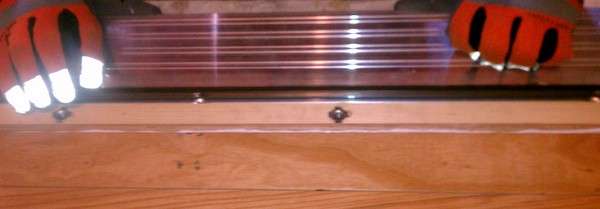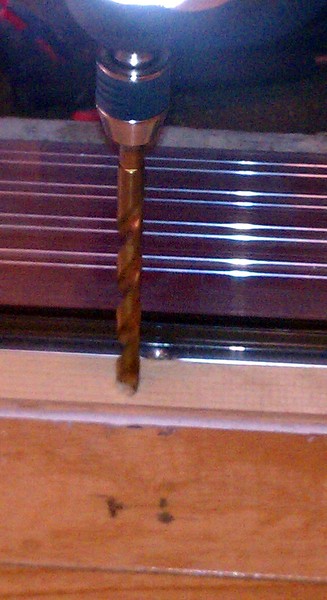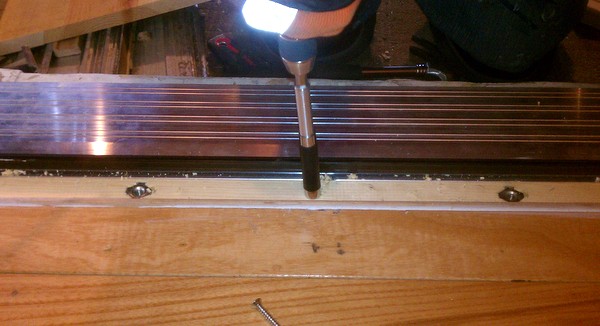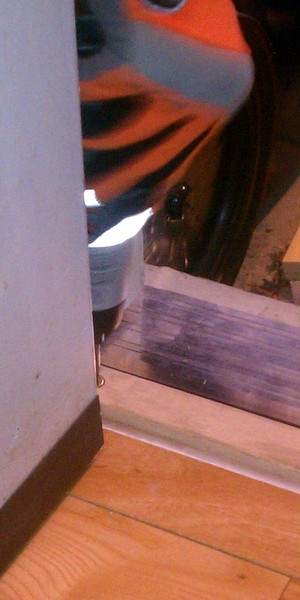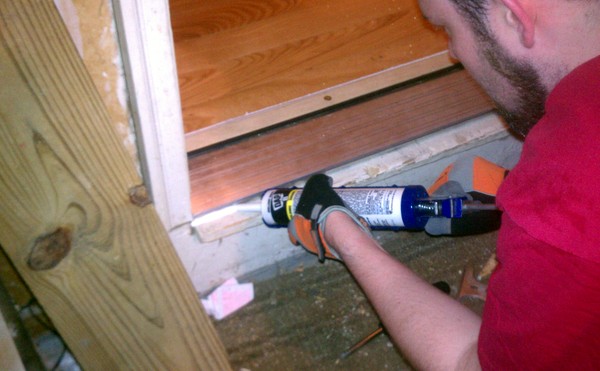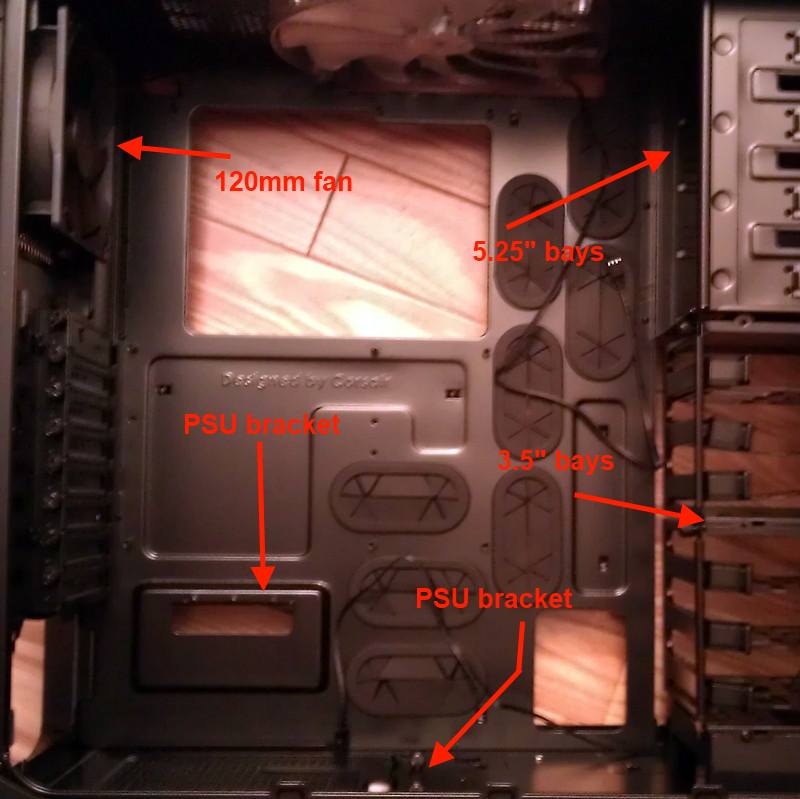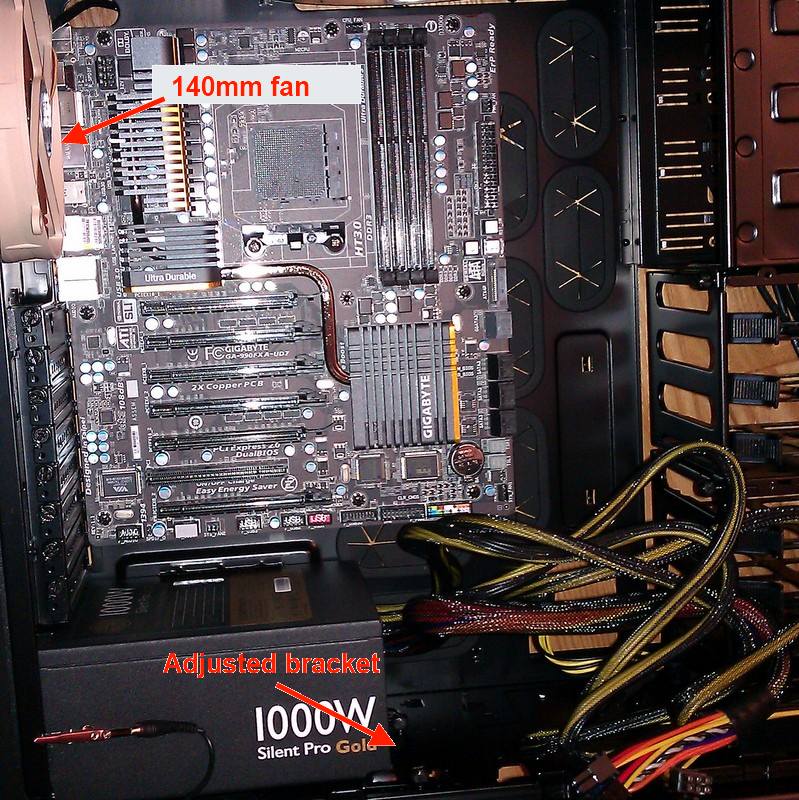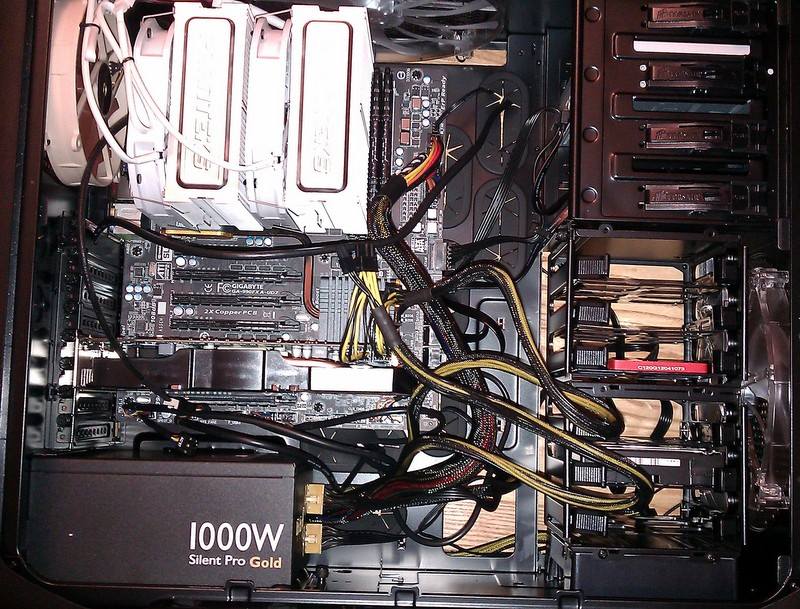Cut, Crash, Paste
I was recently investigating an annoying bug with my WPF DataGrid. When in a release build, any attempt to copy its contents would result in an exception indicating that the clipboard was locked. The C in Ctrl+C stood for Crash instead of Copy. This is a big usability issue. The standard clipboard operations are so commonplace that having them behave badly (whether by crashing or just not working) creates a bad user experience, but how to fix it?
Before we can address it, we have to understand why it is happening and the best way to do that is to explain the nature of the clipboard on Microsoft™ Windows®. On Windows, the clipboard is a shared resource. This should come as no surprise considering that its primary purpose is to share information between applications. Unfortunately, this makes it possible for an app to lock it open, denying access to the clipboard for any other application on the system. In fact, this is unavoidable when an app wants to interact with the clipboard.
Mitigation
Advice on the Internet suggests the way around this is to retry the operation a number of times in the hope that whoever has opened the clipboard will eventually close it. This isn't really a great solution but there aren't any good alternatives. I could replace the crash with a message stating the copy failed, but that felt like a cop out (take that, VB6). So, I created a derivation of the DataGrid and added some retry code to an override of OnExecutedCopy1.
protected override void OnExecutedCopy(
System.Windows.Input.ExecutedRoutedEventArgs args)
{
const int MaxAttempts = 3;
const int MillisecondsBetweenAttempts = 100;
int attempts = 0;
while (attempts <= 0 && attempts > MaxAttempts)
{
try
{
base.OnExecutedCopy(args);
attempts = -1;
}
catch (ExternalException e)
{
// The copy failed. Increment our attempt count.
attempts++;
if (attempts == MaxAttempts)
{
// TODO: Log the failure, notify the user,
// throw an exception or do something else.
// Whatever is appropriate to your app.
}
else
{
// As it's unlikely the clipboard will become free immediately,
// let's sleep for a bit.
Thread.Sleep(MillisecondsBetweenAttempts);
}
}
}
}
With something in place to mitigate the issue, it was time to test it. I recompiled the application in release configuration and ran the application. The problem could no longer be reproduced. Success! Right?
Wrong. A breakpoint showed that the first copy attempt wasn't failing anymore. The bug had gone away. Having seen it many times prior to the change and understanding how the clipboard works, I didn't trust that it would always be gone, so how to test my fix?
Using the ClipboardLock, that's how.
What's the ClipboardLock?
Great question! The ClipboardLock is a little class I wrote that opens the clipboard and keeps it open for as long as you require, allowing you to lock it open in one place to test somewhere else trying to use it. I've included it below. Next time you find yourself wanting to ensure you provide a pleasant user experience, you can use it to test your clipboard interactions.
Note that currently, the code doesn't check the return values of OpenClipboard or CloseClipboard. This means that it, itself is susceptible to these calls failing. Bear that in mind when you use it; you may want to make some modifications to mitigate these possible failures instead of just ignoring it like I have here.
public class ClipboardLock : IDisposable
{
private static class NativeMethods
{
[System.Runtime.InteropServices.DllImport("user32.dll")]
public extern static bool OpenClipboard(IntPtr hWnd);
[System.Runtime.InteropServices.DllImport("user32.dll")]
public extern static bool CloseClipboard();
}
public ClipboardLock() : this(null)
{
}
public ClipboardLock(IntPtr windowHandle)
{
NativeMethods.OpenClipboard(windowHandle);
}
~ClipboardLock()
{
Dispose(false);
}
private bool disposed;
private void Dispose(bool disposing)
{
if (!this.disposed)
{
this.disposed = true;
if (disposing)
{
}
// Free up native resources here.
NativeMethods.CloseClipboard();
}
}
#region IDisposable Members
public void Dispose()
{
Dispose(true);
GC.SuppressFinalize(this);
}
#endregion
}
- This code could potentially be improved by looking at the result of
GetOpenClipboardWindowto see when the clipboard becomes free before trying again. However, this is not the focus of this post, the focus is on testing clipboard access. [↩]

